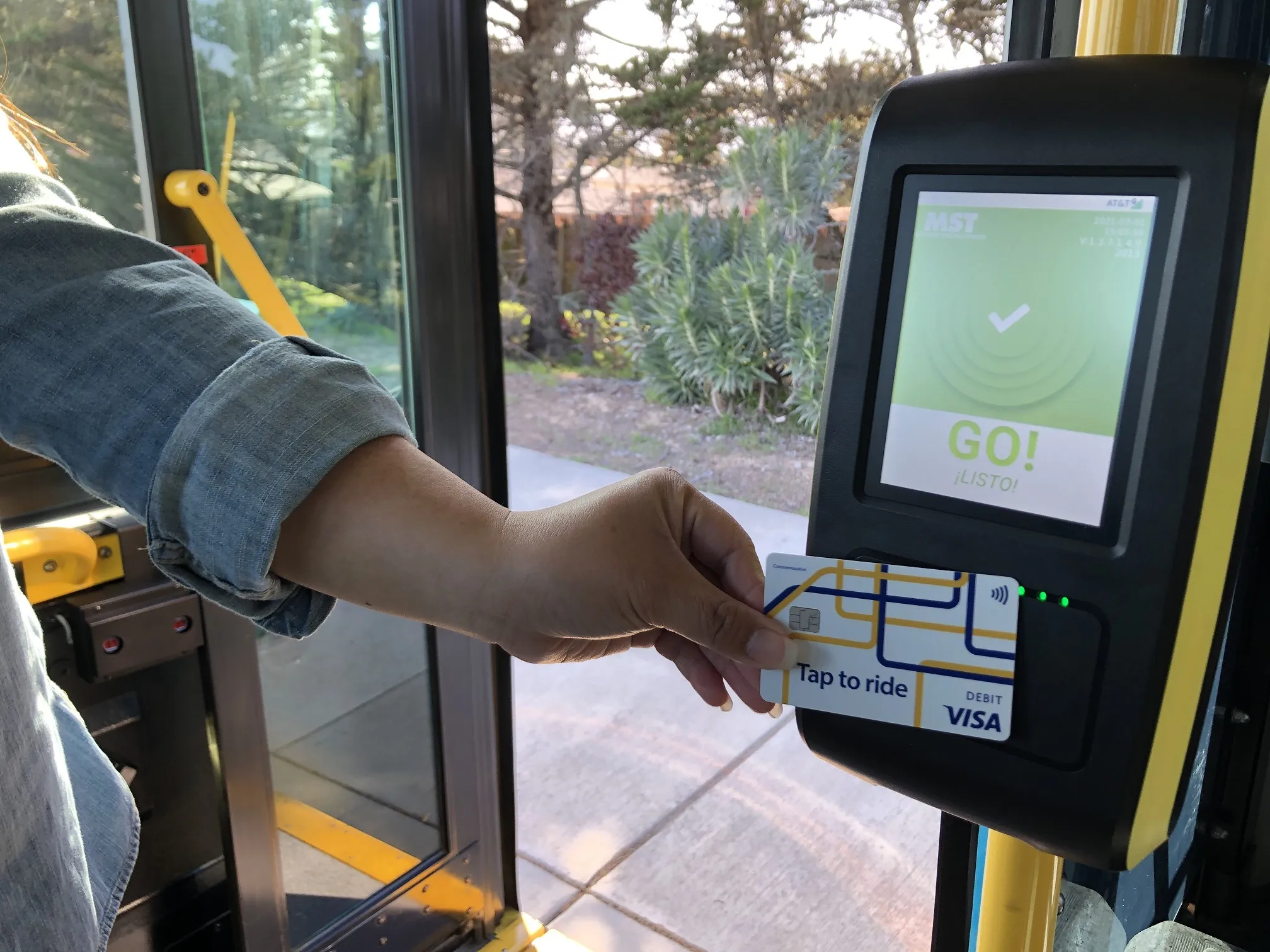
Visa has partnered with transit agency Monterey-Salinas Transit (MST) and Caltrans to provide bus riders in California with a contactless payment option.
It is the first contactless payment demonstration of the California Integrated Travel Project (Cal-ITP), a Caltrans-led initiative to make travel more cost-effective for 40 million residents.
Riders can now tap their contactless credit, debit, pre-paid card or payment-enabled device on readers in MST buses for a secure way to travel, without needing to purchase or load a separate transit card or handle cash while boarding.
Visa research shows that enabling tap to pay on transit systems like these can be good for economic recovery, bringing more than a 15% lift in transactions from merchants in surrounding neighbourhoods.
Brian Cole, head of North America product at Visa, says: “Visa recognises the importance of expanding eligibility and access to fare payment options that meet the needs of a diverse set of transit riders. This effort with MST and Caltrans illustrates how open, contactless payments can support innovative and equitable fare policies to benefit riders and transit operators across the state.”
Visa says “fare capping” will ensure riders will not pay more than $10 per day—as long as they pay with the same card or mobile wallet throughout the day.
Other partners involved in the project include Visa solution Cybersource, payment platform Littlepay and ticketing specialist SC Soft.
Fernando Souza, vice president at Cybersource, says: “There is a great sense of urgency among transit operators to adopt these solutions and we are committed to powering secure, seamless contactless solutions in a world where no contact, touchless experiences are here to stay.”








